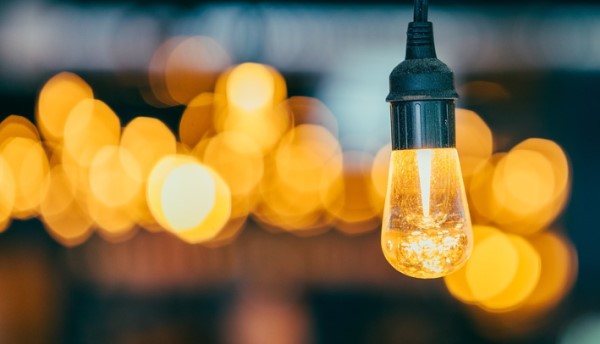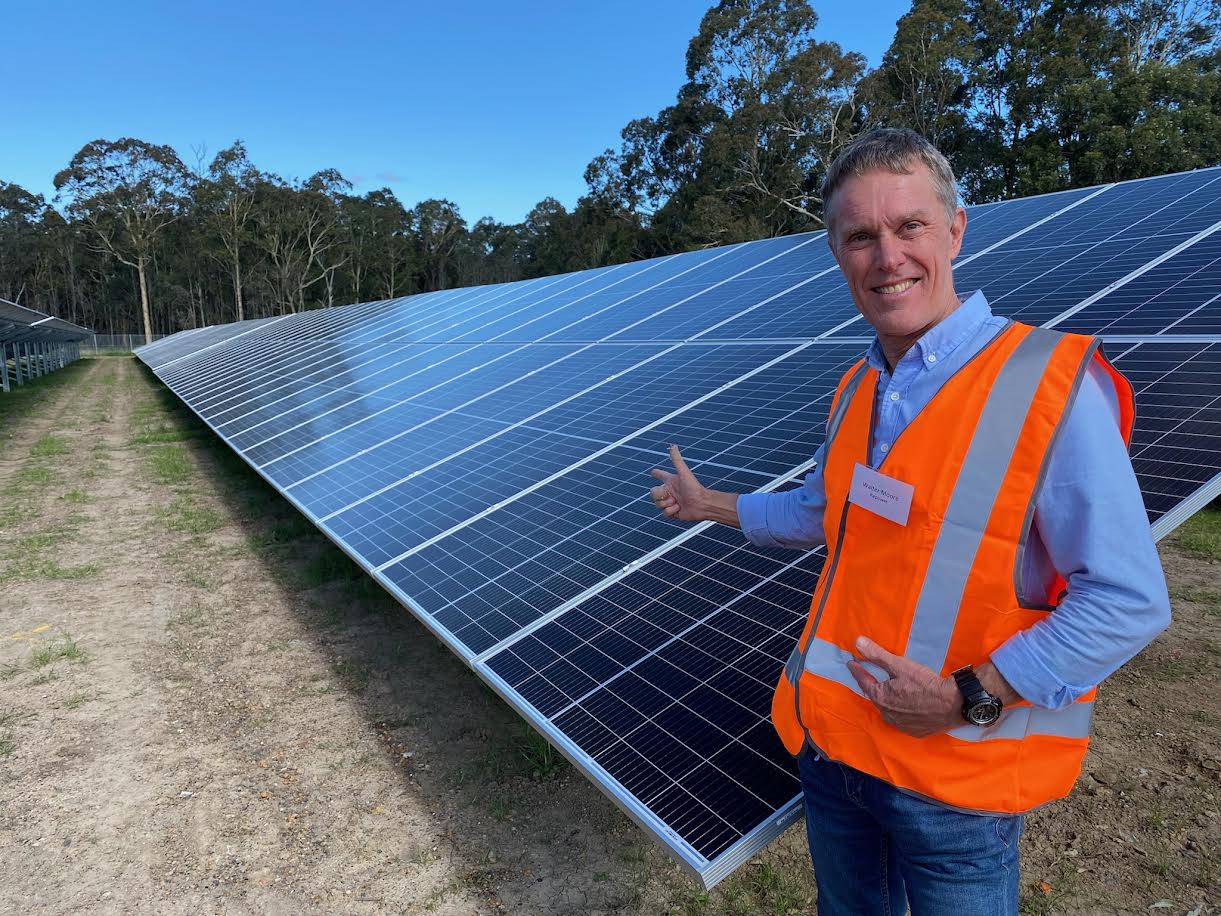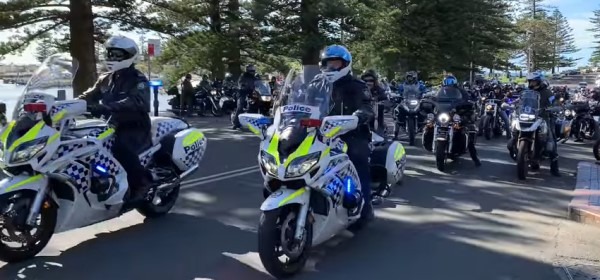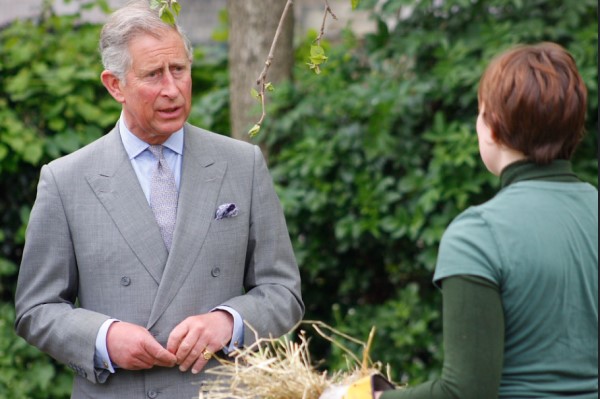Selected
- Details
- Written by Grant Broadcasters
- Category: Selected
- Hits: 204

Winter power bills will soon arrive, pushing many Australians further into energy poverty.
But more can be done to help make ends meet, including better access to cheaper sources of power and more efficient home appliances, say renewables advocates.
"Low-income households and hardship customers are paying more for electricity," said Adrian Knack, chief technology officer at Redback Technologies.
"They're using almost twice as much power every quarter because they don't have access to energy-efficient appliances."
While the old air-con unit and garage beer fridge are among Australia's notable energy guzzlers, the humble cup of tea uses about six per cent of power supplied to households in the UK.
The "Great British Kettle Surge", when millions switch on at once at peak times, is a challenge for the national grid and not just during a global energy crisis.
Locally, though, consumer group Choice says heating and cooling are the biggest drain on Australia's household energy budgets.
The biggest single offenders are large kitchen fridges while various small appliances account for about five per cent of use.
This means updating to more energy efficient models can make a difference - if budgets allow. And only boiling as much water as is needed.
A recent report found one in five Australian households experience some form of energy stress, including being unable to afford heating or cooling and having to pay bills late.
Energy stress also refers to spending a big chunk of income on power bills and this is much higher for people with a chronic health issue or disability, renters, low-income workers and people on JobSeeker payments.
This has important implications for the policies governments should implement, alongside the push for lower emissions, according to the report by social justice organisation the Brotherhood of St Laurence (BSL).

Co-author Damian Sullivan says energy stress fell 15 per cent in 2020 when the temporary Coronavirus Supplement was introduced, something which shows the critical importance of an adequate level of income.
The "power pain" study uses the most recent data from the national Household, Income and Labour Dynamics in Australia survey widely used by social policy researchers.
To make sure one-fifth of Australians aren't left behind, BSL recommends minimum energy standards for all rental homes, subsidies for installing rooftop solar and support to buy more efficient electric appliances.

Redback uses "intelligent technology" in household solar systems so the battery can store and save cheaper energy for later use or to sell back to the grid when it gets the best price.
"If you reinvest any of that money into smarter appliances you get a benefit again, so you start to get a positive cycle where they can stay out of energy poverty," Dr Knack says.
"We're trying to break this hardship cycle."
So-called virtual power plants or VPPs, where thousands of batteries are co-ordinated by power firms to operate together, are another option and have been growing in South Australia.
At no cost to them, more than 3000 Housing SA properties are fitted with solar and battery systems and connected to a VPP run by Tesla, with funding in place for another 1000 by 2023.
Tesla plans to have up to 50,000 South Australian homes connected to it.
A typical SA VPP customer is saving more than $420 a year, while generating clean energy and supporting the national electricity grid, the project says.
Part of the Powerwall battery is reserved to provide energy to the grid in the event of a blackout.
Other schemes in some states allow low-income households to swap rebates for new systems.
For example in NSW, eligible home owners can forgo 10 years worth of the Low Income Household Rebate for a free, fully installed, 3 kilowatt solar system - providing clean, cheap energy.
But renters or customers who can't get finance also need help, Dr Knack says.
A subscription fee could be used to get cheap power, with ownership of the system remaining with the finance provider, energy firm or owner of social housing.
Australia's energy "architects of the future" have been powering communities since long before the latest energy crisis by looking at how sustainable suburbs and regional communities can pool household resources.
As well as getting a better outcome on climate change, engineer and local energy advocate Heather Smith wants to make sure low-income households don't miss out on progress.
"We are called to be the architects of the future, not its victims," she told an industry forum, quoting American inventor Buckminster Fuller.
As chair of the Coalition for Community Energy, she knows the consumer is often absent from political discussions about emissions targets and redesigning the electricity grid.
"Community energy groups are helping people understand the energy transition," she tells AAP.
"But we're all learning on the hoof."
Dr Smith says nobody knows whether household batteries are just a phase and will be replaced by "batteries on wheels" in electric cars.
"That's one potential pathway but there's a lot of structural change before we get there," she says.
"We're not going to get it solved tomorrow."
Lots of groups just want renewable energy and want it fast but need to be wary, she says.
"They're excited by big renewable projects and they've had cowboys tromping around their communities saying to their local government you've got some spare land, we'll put big solar on that."
But the community may not understand the scale that is suitable for them.
"If you're going to put in renewables, you're going to want to use it and you're going to need forms of storage and flexible load to do that," Dr Smith says.
Load flexibility means being able to shift energy use to when it costs less and shaping it to when there is abundant cheap wind and solar power, with batteries to store spare energy for later.
The federal Australian Renewable Energy Agency says load flexibility could save up to $18 billion on investment in large-scale generation and storage, lower system costs and therefore, cut consumer bills.
Some people want a renewable energy microgrid to save money but that's not a silver bullet either, Dr Smith says.
A microgrid is a small scale electricity system that may operate as a standalone "island" of energy - in a community, on a farm or mine site - or be hooked into the grid.
"There are things to do to save money. You start with onsite renewables, your rooftop solar, you start with energy efficiency and load flexibility," Dr Smith says.
"All of those help build what you need in a 100 per cent renewable future."
Images: Pixabay
- Details
- Written by NSW News
- Category: Selected
- Hits: 220

The 2022 Wall to Wall Ride for Remembrance has returned after a two-year hiatus due to COVID-19.
- Details
- Written by Grant Broadcasters
- Category: Selected
- Hits: 213

More paramedics who can do more things are part of NSW Labor's election pitch as it seeks to wrest power from the Coalition government for the first time in 12 years.
Labor has announced a $150 million commitment for another 500 paramedics in rural and regional areas in its first term if it takes government.
Consultation would determine where paramedics are needed, and they would be upskilled for intensive and extended care roles that would hopefully ease pressure on emergency rooms.
"The NSW system cannot cope with another four years of Band-Aid solutions, it requires serious repair," Opposition Leader Chris Minns said.
Sunday's announcement is only the beginning of the "long-term, structural repairs" his party will take to the March election.
Labor's health spokesman Ryan Park said regional paramedics desperately need a resources injection to fix shortages that are pushing the ambulance network to its limit.
"It's like going to work with one hand tied behind your back."
"A Minns Labor government will begin the task of repairing that," Mr Park said.
The NSW government has invested billions in health infrastructure in recent years.
A further $2.8 billion was pledged in the June budget to continue building and redeveloping hospitals.
Close to $1.8 billion was allocated for NSW Ambulance to spend on new stations and staff, including 1858 new paramedics, over four years.
Whether that many paramedics can actually be recruited by then is unclear, with nurses and paramedics burning out.
Mr Minns has indicated his party's policies will focus more on the workforce than the workplace.
"We need to build up the profession, invest in our human capital, in our nurses and paramedics and frontline workers," Mr Minns said last week.
Unions representing an exhausted cohort of nurses, midwives and paramedics mounted pressure on the government in the lead up to the budget, which also included a $3000 payment for frontline health workers and a lift on the public sector wage rise cap to three per cent per annum.
Staff-patient ratios that nurses have pushed for have so far seen no firm commitment from either the government or Labor to introduce them.
The NSW government has established a taskforce to look at professional recognition and higher pay for paramedics across the state.
Labor says it will seek bipartisan support for an in-principle agreement to the outcomes of that taskforce.
A NSW Labor government would also seek to implement findings from a Victorian trial of highly-trained paramedic practitioners, if it goes ahead.
Victorian Premier Daniel Andrews announced the $20 million scheme last week, which is similarly a pitch to voters, however he has the benefit of incumbency at an election taking place in November.
Paramedic practitioners would attend more complex callouts, be able to give more medications, and use more advanced equipment than they currently do, under a model inspired by the UK.
Image: Peter Andrea
- Details
- Written by Grant Broadcasters
- Category: Selected
- Hits: 203

Charles was officially proclaimed King on Saturday night (AEST) at a ceremony at St James's Palace in London.
Prime Minister Anthony Albanese will recommend Governor-General David Hurley issue the Australian proclamation on Sunday morning.
Mr Hurley is then expected to read the proclamation at Parliament House in Canberra at midday on Sunday, followed by a 21-gun salute.
State governors will make their own proclamations at ceremonies around the country.
NSW has announced free public transport all day so people can attend the historic event outside parliament from 12.30pm.
The Sydney Opera House sails will continue to be illuminated in the Queen's honour, as are other landmarks.
On Saturday, Mr Albanese, Mr Hurley, and Opposition Leader Peter Dutton laid wreaths to honour the Queen at Parliament House in Canberra.
"She was a constant reassuring presence," Mr Albanese said.
The prime minister and Mr Hurley will travel to London on Thursday to attend the funeral at Westminster Abbey.
It will take place on Monday September 19 at 8pm AEST.
Before then, the Queen's coffin will be driven from Balmoral Castle to Scotland's capital Edinburgh and be flown to London later in the week.
It will remain at Buckingham Palace before being taken to Westminster Hall to lie in state for four days, allowing the public to pay their respects.
While no formal mourning period has been declared - unlike the United Kingdom, which has set aside 10 days - Australians continued to publicly mourn on Saturday.
Sandra Alexandridis, of Reservoir, burst into tears outside Melbourne's makeshift memorial while remembering the Queen.
"She was a rock of society ... it's like you've lost your grandmother," she told AAP.
Warren Fairfax, 82, visited Government House in Sydney on Saturday, 65 years after receiving a Queen's Scout award there signed by her.
"I wanted to come back and just pay respects to her ... I just wanted to do that today," Mr Fairfax told AAP.
© AAP 2022
Image: Andy Gott/Flickr
Page 4 of 191